The creeping evolution of Payday 2, the biggest game no one talks about
Sharing the spoils
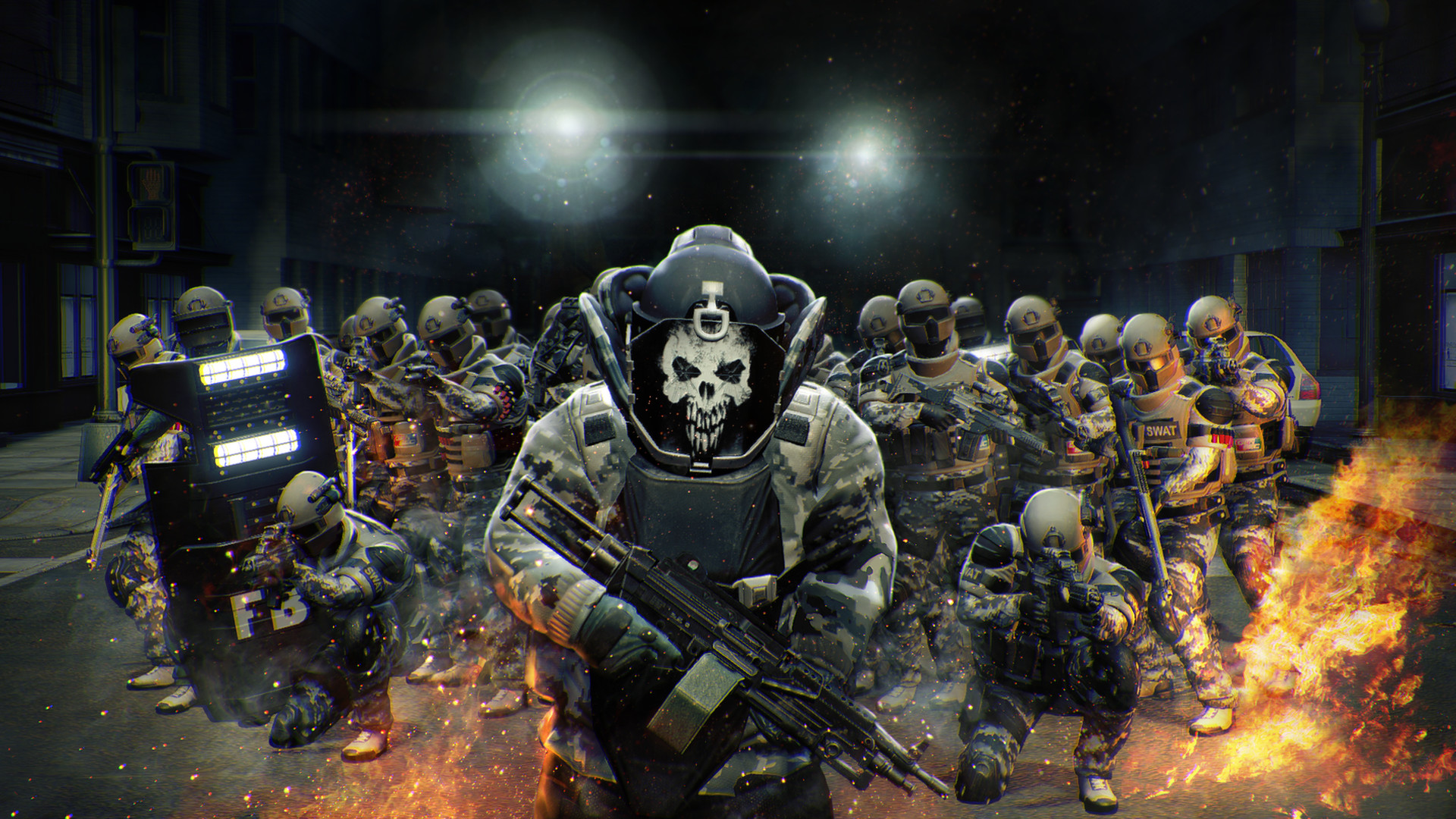
Not all games lend themselves to a succinct elevator pitch. Imagine trying to secure finance for What Remains of Edith Finch: “You wander around an old house watching family members die”. Or Loop Hero: “It’s kind of a roguelike farming sim about making a circuit board”. Payday 2, though, has one of the most delicious and succinct premises in the genre: do bank heists with your mates.
When Overkill Software released the action-packed sequel in 2013, that enticing premise had to do a lot of the work for it. This was an incredibly barebones game, in an era before games regularly stepped out half-dressed as we’re used to now. Steam had only just launched its Early Access program in March of that year, and the novelty of that model is probably the best explanation as to why Payday 2 wasn’t released on it – that and the incredible headache it would cause for the console versions.
This dewy-eyed, wobbly-kneed newborn Payday 2 featured just 10 heists – the current version has 70 – and the persistent systems it has today, like weapon purchasing and character abilities, were nearly unrecognizable. Story mode as we know it didn’t exist – just a campaign map and a few interstitial cutscene bits that barely established the main characters, and offered the briefest insight into their world.
Mechanically, Payday 2 felt like a proof of concept. If this wasn’t a game about putting on masks, drilling into bank vaults and telling hostages to get down over and over and over again, it would probably have sunk into obscurity pretty soon after launch. It was wildly unbalanced, the stealth didn’t work at all, and above all it was really, really hard.
Unmasked
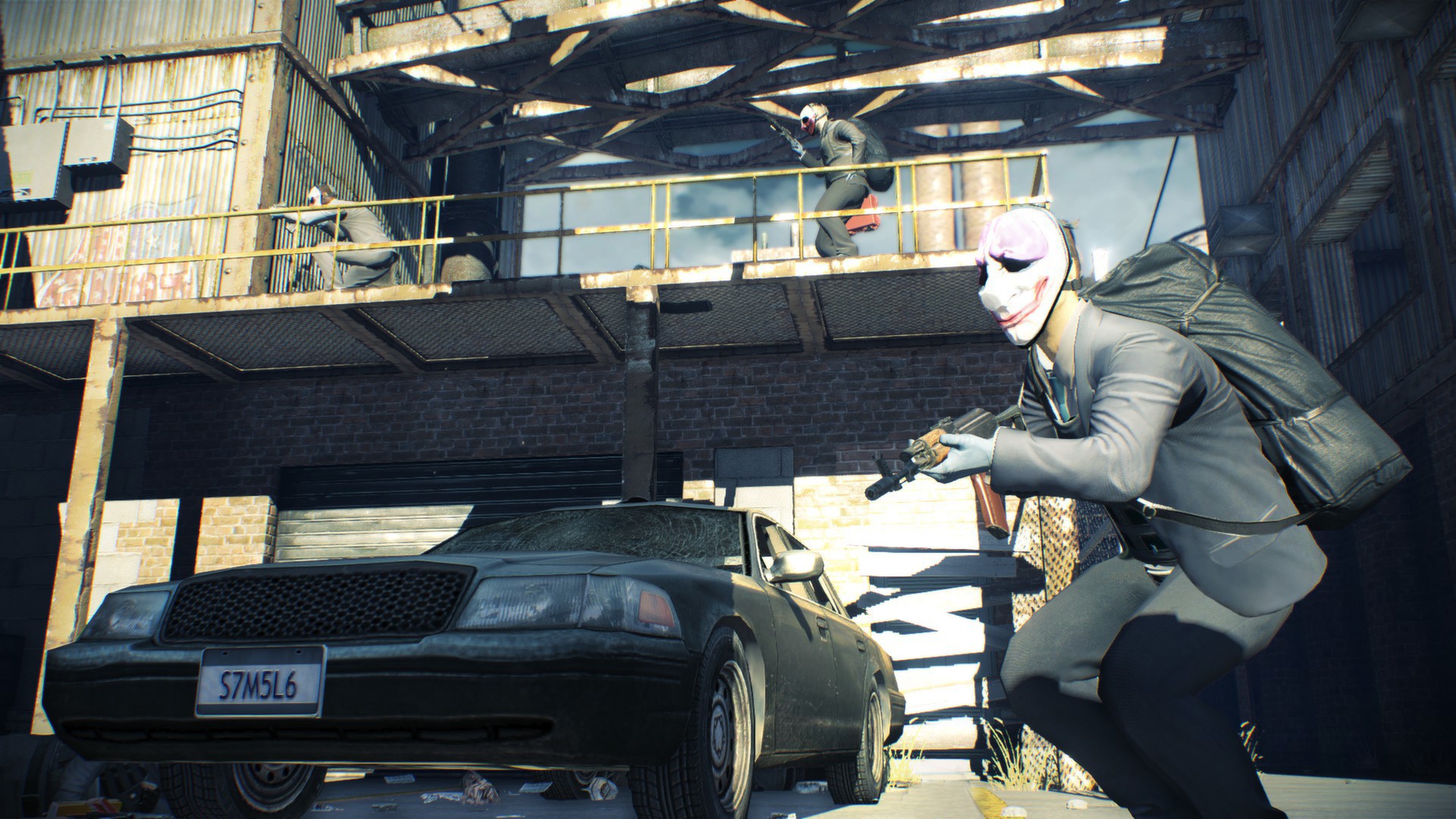
Even understanding the difficulty levels themselves was hard. You couldn’t select missions manually in those early days – they just popped up randomly on the Crimenet map. It felt quite immersive, and consistent with the idea of these ragtag Slipknot understudies taking opportunities when they arose on the dark web. But, in practice, that meant a lot of simply staring at the Crimenet screen and waiting for the right heist to appear with the right difficulty rating attached to it for you to take on at your current level. There was the inherent difficulty of the mission – in stars out of five – then extra modifiers that ramped up the rating and the rewards further.
It would have felt a bit Early Access, if we’d known what Early Access felt like back then. In 2013 we just called it “playing the same 10 heists over and over without much incentive”
In the absence of seasonal events, crossover content from John Wick and the like, or any structured narrative to put the heists in a sequence, it all felt... well, a bit Early Access. Or at least it would have done, if we’d known what Early Access felt like back then. In 2013 we just called it “playing the same 10 heists over and over without much incentive”.
But despite these conceptual cable ties around its wrists, Payday 2 did well enough commercially for the Swedish studio to keep supporting it. And to reposition it as a more forgiving experience, closer to the hangout space vibe that co-op gamers demanded than the hardcore stealth-infused class shooter its predecessor offered, and which informed Payday 2’s original form.
Get daily insight, inspiration and deals in your inbox
Sign up for breaking news, reviews, opinion, top tech deals, and more.
Not only have the intervening nine years filled Payday 2’s content vault with stuff to do, weapons, every mask design ever imagined by humankind and revised upgrade trees – they’ve seen the game successfully pull off that repositioning. It’s not Clicker Heroes now by any stretch, but its hardest difficulty mode is probably pitched around the middle of the original game’s levels, and it’s much easier to pull off stealthy heists. It’s a game you can give as much or as little focus as you like, and still walk off smiling.
Bank job
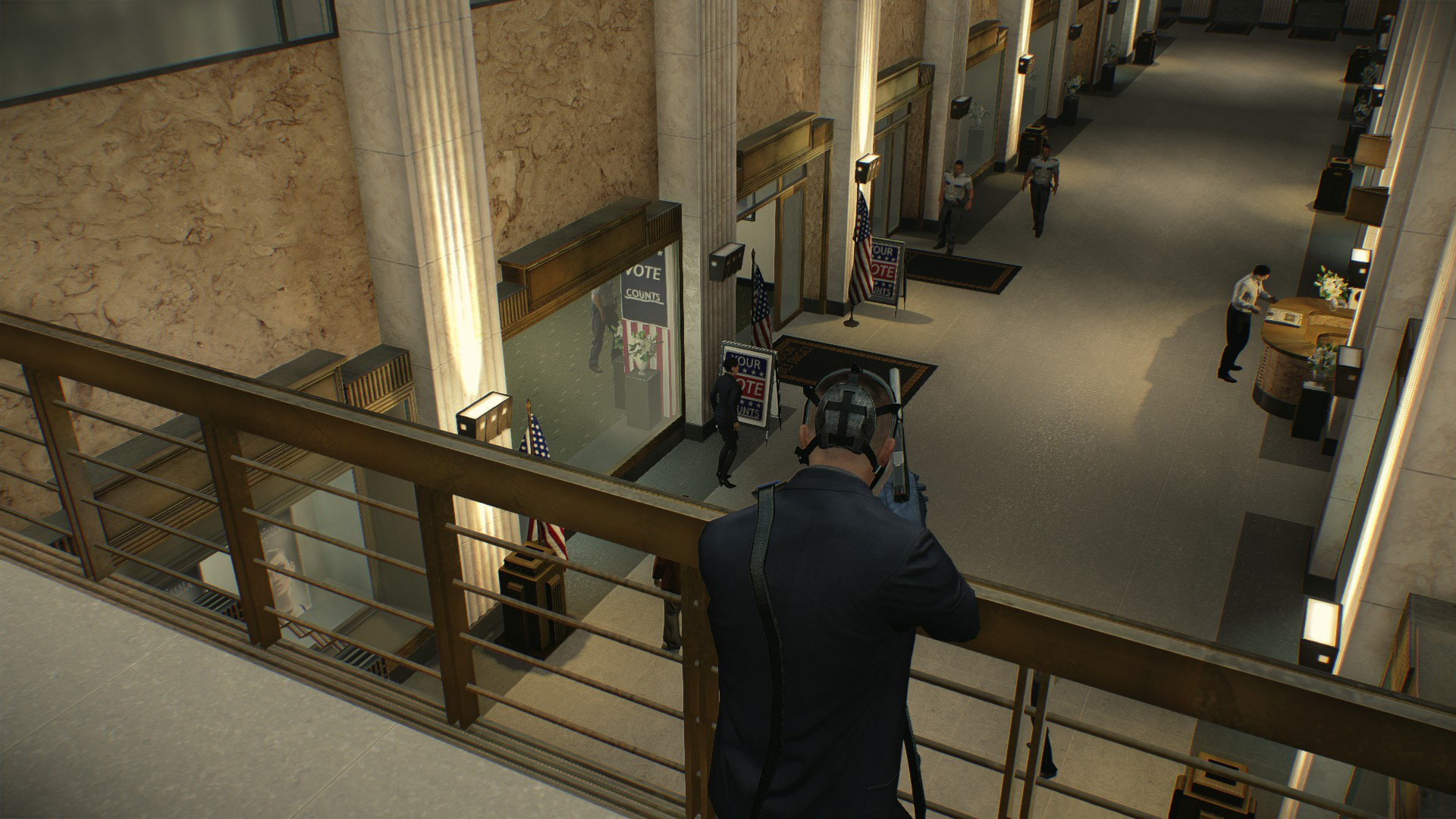
When you look at Overkill’s financial situation at the time, this turnaround of fortunes is all the more impressive. The studio needed to secure funding from fellow Swedish company Starbreeze in order to begin production of Payday 2 in 2012, although insiders have since described the situation as more like Overkill’s investors taking on Starbreeze’s assets – the net result being that both studios could put out their next release (Brothers: A Tale of Two Sons in the latter’s case) and start generating revenue again.
For a game about psychologically exhausting shootouts that might last hours, and in which you could well walk away with absolutely zero reward, it’s surprisingly friendly
So much revenue, in fact, that Overkill was able to buy back publisher 505 Games’ share of the Payday IP in 2016 and maintain total ownership of the franchise. Had that premise not proved so irresistible that we looked past the heist sim’s considerable annoyances, it could all have been so different.
It’s nearly impossible to grasp the full extent of the game’s lore now, so busy has Overkill been since release – fleshing out its original roster of characters, adding to it, and then drawing confusing timelines of their exploits. Hoxton became Houston, John Wick is just another one of the gang, no biggie, and he might find himself fighting alongside Jacket from Hotline Miami. The safehouse has changed, expanded and filled itself with incredibly esoteric easter eggs that you need a YouTube iceberg video to decipher.
More importantly, Overkill has totally reworked every system within its heists, from AI detection behavior – now vision cone based, rather than triggered by whether you’re running, jumping etc – to the way drills and saws work, and how you level your characters. For a game about psychologically exhausting shootouts that might last hours, and in which you could well walk away with absolutely zero reward, it’s surprisingly friendly.
Stealth job
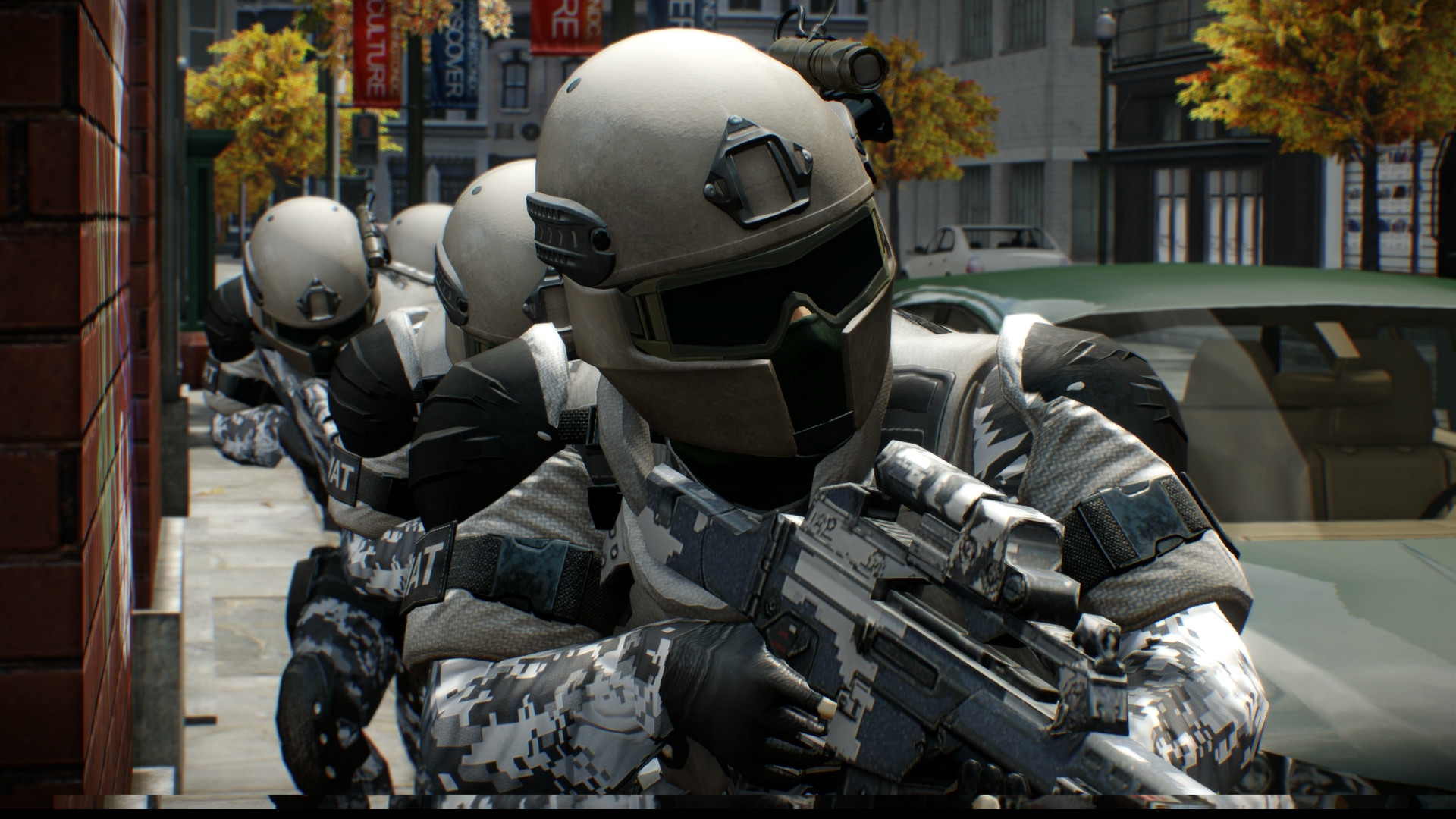
And this has all happened without Payday 2 getting much fanfare along the way. It’s been hiding in a sort of plain digital sight, always up there in Steam’s most played games in a given 24-hour period. It was there when Dota and CSGO looked impossible to topple, it was there when PUBG and Apex Legends toppled them, and it’s still there now. 17th by recent player count, as I’m writing this: 49,000 players in the last day.
It’s a great example of traditional games coverage’s blind spot. People care about Payday 2 in a way that they’ll probably never care about Stray, or the aforementioned Loop Hero, or Tunic, with the greatest respect to those brilliant titles. It slips through the cracks because its progress towards greatness has happened an inch at a time – or, less poetically, over the course of 225 separate updates and as many DLC packs.
If you haven’t played it for a few years, just know that it’s moved forwards quite a lot, and without paying a penny on DLC it’ll feel like stepping into a dauntingly fleshed-out criminal sim. One in which deeply specialized builds, super-serious heisting, and run-and-gun sessions you barely have to pay attention to while chatting on Discord are all stuffed into the duffle bag.
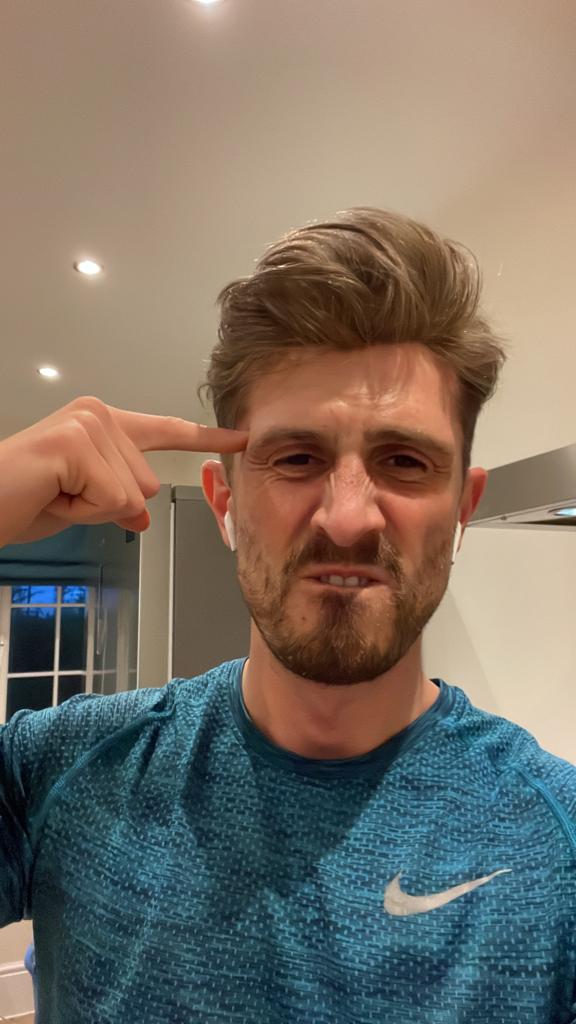
Ad creative by day, wandering mystic of 90s gaming folklore by moonlight, freelance contributor Phil started writing about games during the late Byzantine Empire era. Since then he’s picked up bylines for The Guardian, Rolling Stone, IGN, USA Today, Eurogamer, PC Gamer, VG247, Edge, Gazetta Dello Sport, Computerbild, Rock Paper Shotgun, Official PlayStation Magazine, Official Xbox Magaine, CVG, Games Master, TrustedReviews, Green Man Gaming, and a few others but he doesn’t want to bore you with too many. Won a GMA once.